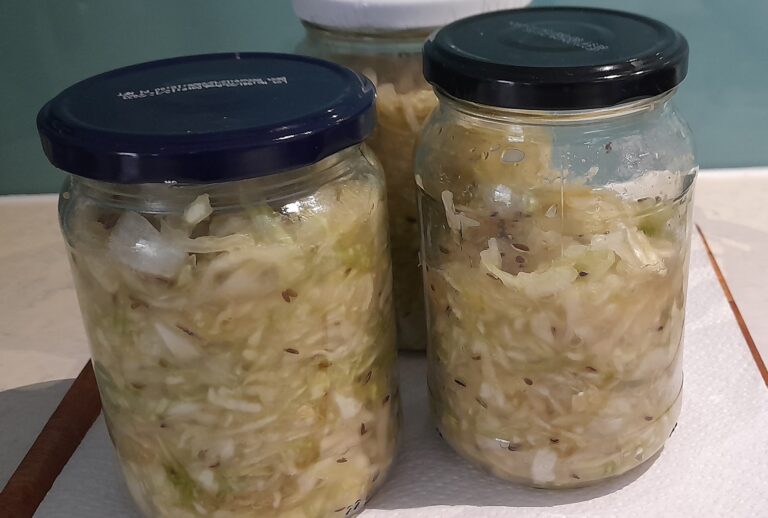The sneaky stealth pathogens underlying Lyme-like disease
Chronic fatigue? anxiety? depression? food intolerances? aches and pains? chronic cough? palpitations? It could be Lyme-like Disease especially if you have ruled out other causes and have a history of a tick bite.
Lyme disease has been controversial over recent years. There are still many in the medical profession who don’t think it’s in Australia.
However, the 2016 Senate inquiry into Lyme disease and Lyme-like illness has identified that as of 2015 there had been 270 patients in Australia who have tested positive to Borrelia Burgdorferi – identified in the USA as responsible for Lyme symptoms.
In addition, animals in Australia (eg. kangaroos, wallabies and echidnas ) have been identified that carry ticks with very similar Borrelia strains.
One Submission to the recent Senate Inquiry recently (2016) estimated that in Australia each year there could be as many as 20,000 cases of Lyme-like illness reported (compared to 1,000 cases of MS).
What do we know about Lyme?
- While antibiotics are useful IF the disease is identified early and IF they are prescribed quickly, they are of limited value once the disease has become chronic (4 months or more from the suspected bite.)
- There are blood tests which may help to uncover the sneaky hidden pathogens that hide inside individual cells and continue to cause symptoms. This is a controversial area in itself. Other co-infections need to be examined – Babesia, Bartonella, Mycoplasma, Rickettsia, viruses, bacteria etc
- The complexity of the chronic cycle of Lyme-like disease benefits from a whole-person, systems approach such as naturopathy to treat systems and detect underlying causes.
- Diagnosis is best with assessment of clinical symptoms and numerous blood tests.
From the Submission: 2.18 Dr Richard Horowitz, who spoke to the committee in a private capacity, suggested that Lyme disease itself is far more complex than first imagined. The fact that Lyme disease is still poorly understood, Dr Horowitz believes, contributes in large part to the controversy over its diagnosis and treatment:” I think some of the controversy is happening because we are not understanding the definition of what Lyme disease really is. The patients that I see with Lyme disease do not just have Borrelia burgdorferi sensu latu. What they end up having is many other species of bacteria, viruses and parasites because the ticks are now containing many of these different species and are rapidly spreading”.
What could you try?
Options could include:
- Further Lyme-specific testing as well as tests for viruses, bacteria and parasites.
- Naturopathic consultation to understand the jigsaw puzzle nature of this illness and implement useful lifestyle modifications and nutritional/herbal medicine
- complete a questionnaire and diary of symptoms e.g. http://lymenatural.com/patient-handouts/
Some recognised and useful herbal remedies identified include:
- Sweet Wormwood, stabilised quality product, used for protozoa and helminths, viruses, fungus, anti-inflammatory. An extract has been recognised recently with a Nobel Prize for use in malaria.
- Myrrh, Oregano oil, Garlic, Thyme etc for bacteria
- Licorice, Thuja, St John’s Wort, Echinacea, Cat’s Claw etc for viruses.
Every body is different and every environment presents additional challenges to well-being and healing. If you need help to do the detailed health detective work to identify what’s keeping you unwell contact a naturopath with training and experience in Lyme-like disease.



